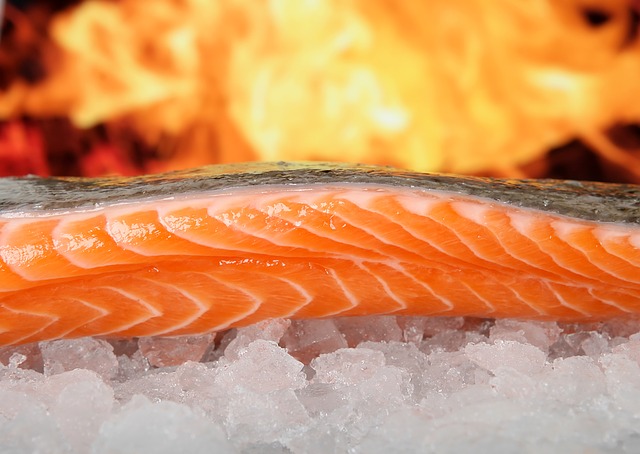Introduction
When it comes to determining the protein content in a 6 oz steak, it is essential to consider the type of steak and its preparation method. Protein is an essential macronutrient that plays a crucial role in building and repairing tissues, supporting immune function, and providing energy. In this article, we will explore the protein content in a 6 oz steak and discuss some factors that can influence it.
Protein Content in Different Types of Steak
The protein content in a 6 oz steak can vary depending on the type of steak you choose. Here are some popular types of steak and their average protein content per 6 oz serving:
Beef Tenderloin/Filet Mignon: This cut of steak is known for its tenderness and is relatively low in fat. A 6 oz serving of beef tenderloin typically contains around 42 grams of protein.
Ribeye Steak: Ribeye steak is known for its rich marbling, which adds flavor and tenderness. A 6 oz serving of ribeye steak usually provides approximately 40 grams of protein.
Sirloin Steak: Sirloin steak is a versatile cut that is often leaner than other cuts. A 6 oz serving of sirloin steak generally contains about 42 grams of protein.
New York Strip Steak: New York strip steak, also known as top loin steak, is a popular choice among steak lovers. A 6 oz serving of New York strip steak typically provides around 38 grams of protein.
It is worth noting that these figures are approximate values, and the protein content can vary depending on factors such as the specific cut, the fat content, and the cooking method used.
Factors Affecting Protein Content
While the type of steak is a significant factor in determining protein content, other factors can influence the final protein count in a 6 oz steak. These factors include:
Trimming: Trimming excess fat from the steak can reduce its overall weight, potentially affecting the protein content. However, the impact is minimal as protein is primarily found in the lean muscle tissue.
Cooking Method: The cooking method used can affect the protein content due to moisture loss during cooking. Grilling or broiling a steak can cause some moisture loss, which may slightly concentrate the protein content. However, the difference is generally insignificant.
Marinades and Seasonings: If you use marinades or seasonings that contain additional ingredients, they may contribute a small amount of protein to the overall count. However, the protein content from these sources is usually minimal.
It is important to note that these factors have a minimal impact on the overall protein content in a 6 oz steak. The primary determinant remains the type of steak chosen.
Conclusion
The protein content in a 6 oz steak can vary depending on the type of steak and its preparation method. Beef tenderloin, ribeye, sirloin, and New York strip steaks are all excellent sources of protein. On average, a 6 oz serving of steak provides approximately 38-42 grams of protein. Factors such as trimming, cooking method, and marinades may have a minimal impact on the protein content. It is always advisable to choose lean cuts of steak and prepare them using healthy cooking methods to maximize the nutritional benefits.
References
– USDA FoodData Central: fdc.nal.usda.gov
– American Heart Association: heart.org
– Healthline: healthline.com













